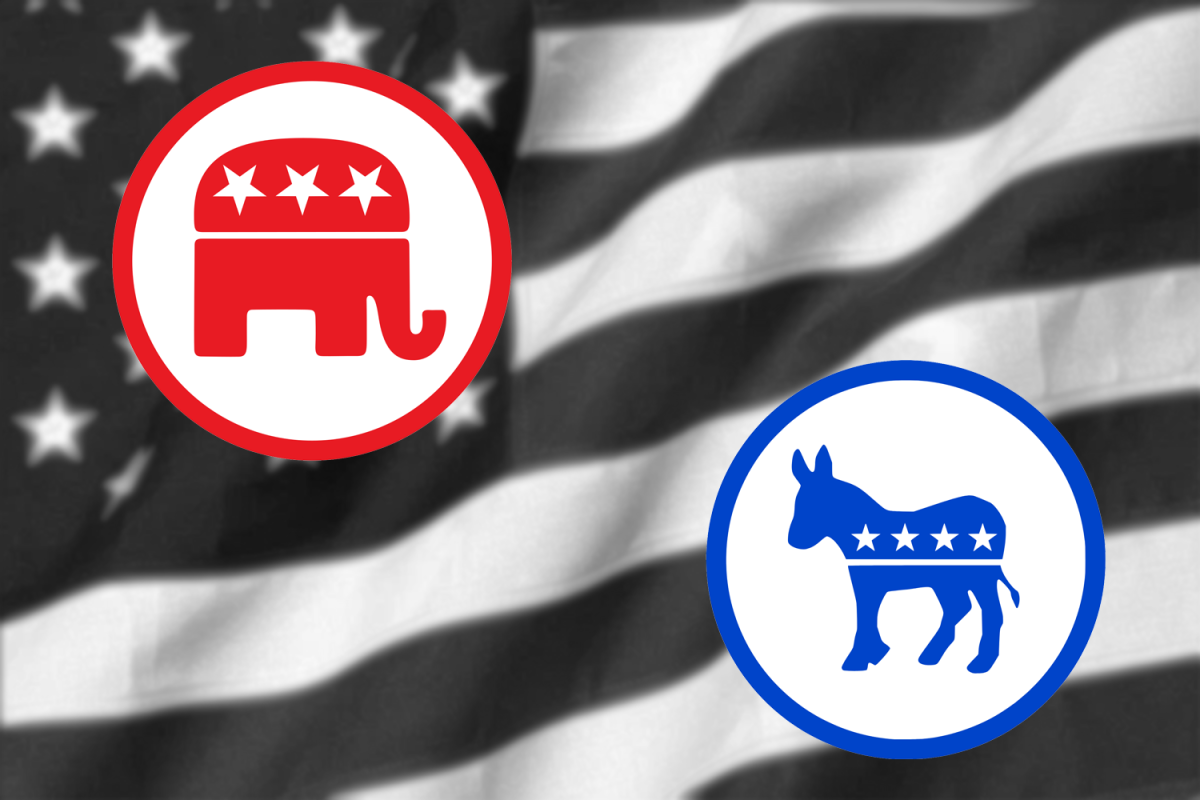The International Baccalaureate Programme, also known as the IB program, is meant to be a step above Advanced Placement (AP) classes, a challenge worth doing for its college outreach and prestige, but it does not have the outreach that most high school students are looking for within the United States. Only 525 universities within the United States accept IB credits, while over 2,000 accept AP credits. Many students would rather go with a program they know about, the AP courses.
AP is also streamlined into the United States education system, as the government itself has recognized the program, creating the ease at which public schools obtain the means to offer AP classes. However, IB is not accepted country wide, so public schools are not naturally offered the chance to teach IB courses as they would be with AP. This presents quite the issue for the IB program and students interested in taking it, it just is not as easy to commit to as the AP courses are.
IB courses inside high school are meant to occur during the 11-12 grades, and a course takes two years to complete, a significant modification to the standard of school classes. They are meant to be more thorough in teaching course material and repeatedly challenge the students attending the class. IB, as implied by its name, is an internationally reaching school program with universities in many countries, such as Germany, France, Canada, accepting the program credits.
Choosing IB requires a large amount of commitment from the student, and a good deal of work from the teachers and school body, and that work needs to start with the school.
Starting with the school body, Westwood High School started teaching the IB program in 1996, and enjoys the enrollment of many students wishing to pursue the program. The school is ready and has plans for how to accommodate for the 11th and 12th graders in the program, however McNeil High School has practically rushed to implement this program, leaving the students and counselors behind in the progress. Students have been given little instruction on what to do other than sign up for the classes and take the most advanced classes to prepare for the IB course.
Another issue is the teachers. As is well known, there is an ongoing teaching crisis, finding a teacher has become an ordeal and finding a teacher qualified enough for teaching an AP course is an even bigger one. Having success with finding enough teachers that have the ability to teach as well as the desire to complete the process to become certified for teaching IB is almost completelyout of the question. Texas does offer a reimbursement for gaining an IB certification, but that doesn’t offer much of an incentive when the same reimbursement is offered for AP. The second major incentive is through the Texas Incentive Allotment, a Texas Education Agency program designed to award teachers through a salary bonus, but only to designated teachers, creating an exclusive field of teachers.
The last issue is that of the students. Students are much less likely to join a program that is not a ‘safe’ bet. Although the school provides lectures on what IB is, students are neither enthused nor intrigued as there is already a higher learning program on campus – AP. IB sounds merely like another AP program with less familiarity, the school failing to emphasize the benefits of an internationally reaching course. Students are unknowing of the benefits, such as how IB is meant to challenge the students already looking for advanced classes. Without a sufficiently informed student populace, AP will continue to attract students who may benefit more from the IB programme through its sheer familiarity.
All of this creates a large mess for the implementation of IB on campus, but not an irreparable one. The school should make an effort to educate any and all involved staff that may be questioned about the IB program, most importantly counselors. Teachers should receive an incentive to teach the IB program, whether from the state or district. And students should be offered a better look into the IB program to spark interest, such as some examples of lessons or curriculum and differences between IB and AP to differentiate between the two.









